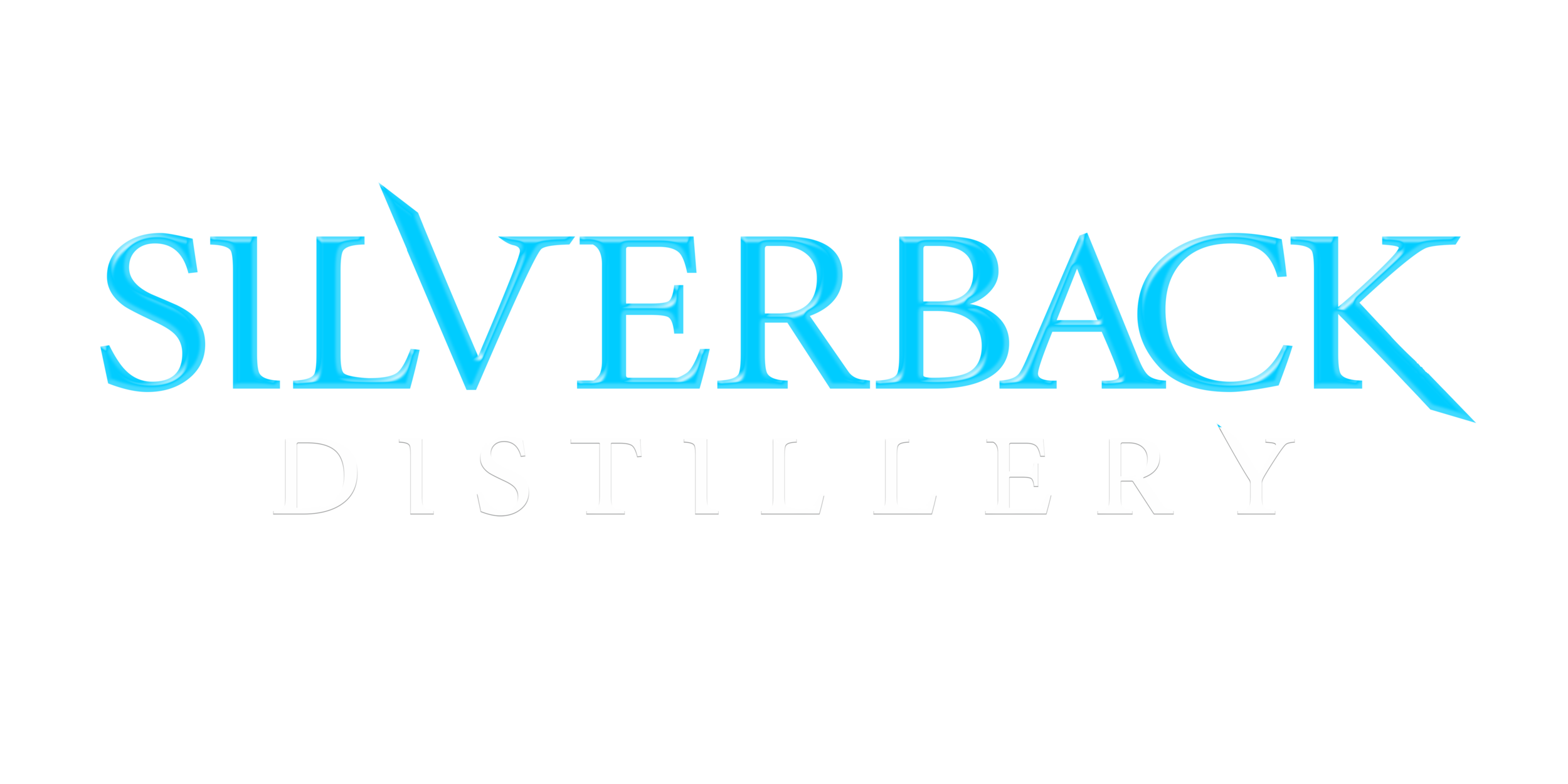Female Domination: A History of Women in Alcohol Production
Female Domination: A History of Women in Alcohol Production
The history of alcohol production often overlooks one of the most crucial groups of people in the story. Women have been frequently neglected as alcohol producers, but that misses centuries of female domination in the field. For thousands of years, women were not just crucial to alcohol production, but they pioneered and controlled the industry. In the 21st century age of craft distilleries, women are once again assuming the reigns of production. Prior to the 1800s, women brewed beer and made cider for their home, and less frequently distilled liquor. As professionalization emerged in the late 1700s and into the 1800s, men moved into these roles and assumed the jobs as brewers and distillers. For nearly two hundred years, this remained the same until the boom of the craft distilling industry in the last three decades. Women are now in marketing roles, supply chain analytics, coopers, and in one case, the only mother-daughter master distiller dream team.
History of Women in Alcohol production
Beer and cider production were part of the household duties women completed on a daily basis and was part of the homemaking role for the mother. Water in Europe was often contaminated, and beer and cider were safe to drink as they contained alcohol, and was boiled to in production, killing any of the pathogens within the water. Drinking beer and cider were part of every meal, and everyone within the family consumed them. While women were not traditionally involved in spirits production, they often made punches and cocktails with the spirits, as much of the whiskey or rum consumed would have been rough, particularly compared to twenty-first century versions. Women added spices such as cinnamon and nutmeg, herbs and berries to enhance the flavor, or at least disguise the unpalatable ones.
Distilling the surplus grains, if a family had their own small still, would often be the father’s role, but like much else on a farm the whole family pitched in where needed. In the 18th and 19th century, women wrote recipes for how to produce whiskey on the farm, or at least strategies. Catherine Spears Frye Carpenter wrote how to use a 100-gallon tub, six bushels of available grains and meal, steeped in boiling water to produce the distillers beer. Mary and Jacob Beam, of Beam dynasty fame, moved to Lincoln County, Kentucky.. Mary Myers Beam inherited 100 acres from her father, which then gave the family Beam the ability to open their distillery. In some states, where they could not inherit land, women would use their initials to inherit the distilleries from their husbands. Although this makes it difficult to know exactly how many women owned distilleries on their own, through the 19th century fifty women were associated with distilleries.
The most famous woman in American whiskey is Marge Samuels of Maker’s Mark. In the 1950s, Marge did not like the whiskey her father-in-law and husband were making and made them improve their quality, which she took particular attention to help change. She was also skeptical about their branding and took it upon herself to rebrand the bottles. Her design was meant to catch the eye of the customer, and used red wax to help her accomplish this. The dripping wax and her handwritten calligraphy on the bottle broke the mold of the other whiskeys on the market. Her ideas brought Maker’s Mark to the forefront of whiskey brands, drawing the attention of consumers searching for their next bottle in the liquor store.
The Women Behind Silverback Distillery
In the twenty-first century there has been a whiskey renaissance. The craft industry has fundamentally rewritten the rules of the old order, with attention being paid to the sourcing of materials, trendy new cocktails made with whiskey, and much more. At Silverback Distillery, headquartered in Afton, Virginia, they boast the first mother-daughter distilling duo. Silverback began after a family trip to Scotland where Christine Riggleman was inspired to open a distillery. Her daughter Lauren Riggleman returned to Edinburgh, Scotland a few years later to earn a Master’s degree in Fermentation Sciences, to chip into the family business. Silverback opened its doors in 2014, and the accolades have not stopped pouring in. Christine was inducted into the ABV Network’s Bourbon Hall of Fame in 2017. Christine has researched and produced award winning whiskies and gins. Lauren has become involved in all levels of whiskey culture appearing in podcasts and social media. She continued with the education route and became a Professor at Piedmont Virginia Community College and an International Brewing and Distilling tutor. Lauren also followed her mother with an induction to the ABV Network’s Hall of Fame.
Silverback Distillery’s products have been awarded as well. The Christine Riggleman Reserve Bourbon took home gold as the “Best Cask Strength Bourbon” and silver in the “Best Single Barrel Bourbon” field. Christine’s name on the Reserve Bourbon is the first time a bourbon has been named for a female master distiller since prohibition. The Blackback Honey Rye earned the gold for the “Best American Whiskey Under 4 years.” Silverback is making history, and people are noticing. Isn’t it time you do too?
About the Author
Dr. Steve Haller is a historian of Early America and the Scottish Enlightenment. When not studying and teaching history, he is enjoying a whisk(e)y with some friends. He writes about the history of whisky and the great traditions within the whisky industry. He can be found on Instagram and Facebook @whisky_of_life. Follow his writing at : https://whiskyoflife.wordpress.com
